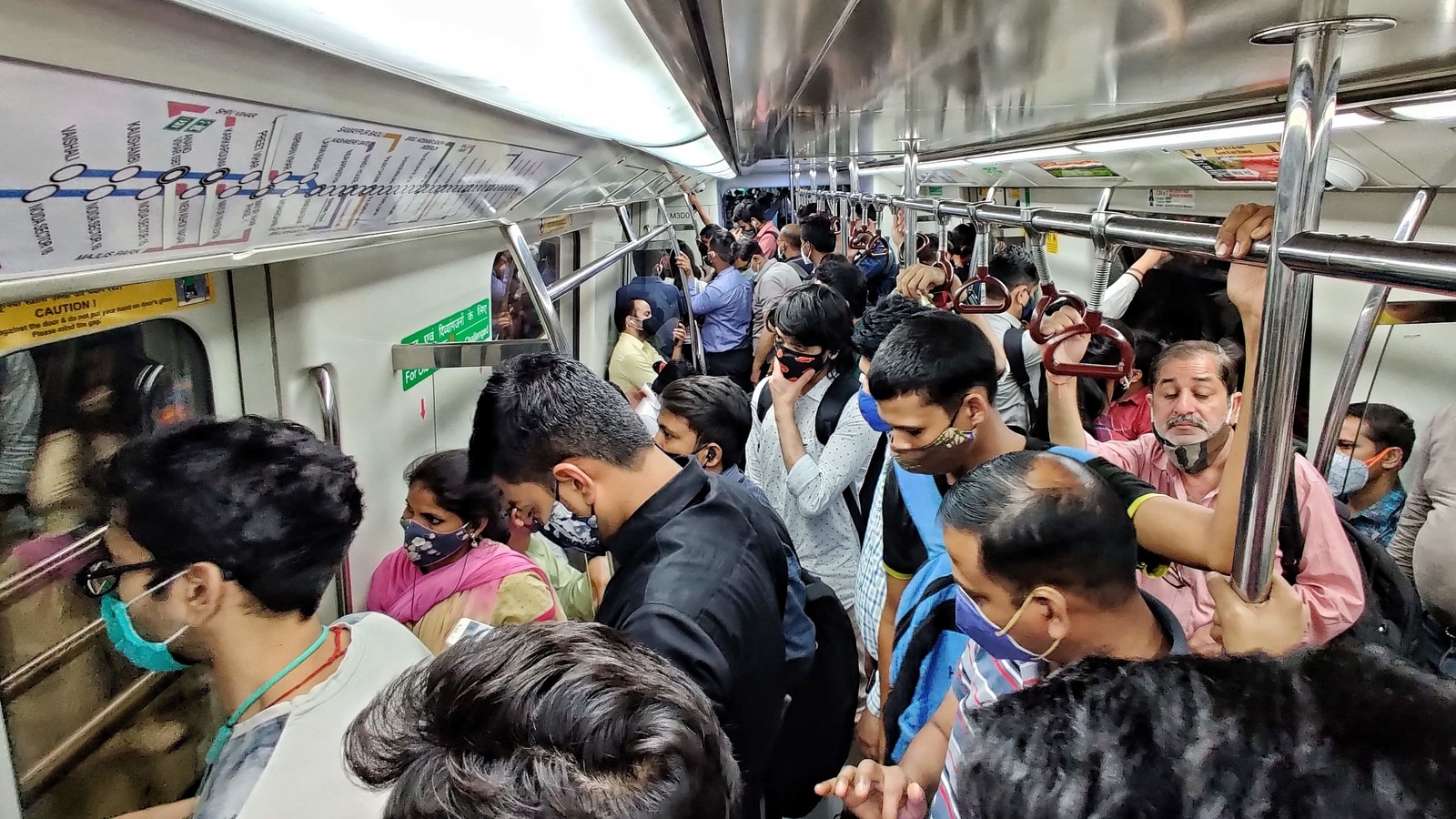When we talk about local trains, there’s a sense of admiration associated with them. We kind of look up to this culture of travelling in public vehicles – which is nice, but that doesn’t mean we ignore the flaws. Recently, a number of videos circulating on social media showed how local trains are always full. The reason: people rely on public transport for cheaper commute. Understandably, a lot of the Indian population uses such means to travel, given the statistics, like salaries of people and the finances in general.
So, for most people, this is a way to manage finances for the rest of the needs – a practical method, which is supposed to be sustainable. Now, imagine getting up each day, managing chores at home and boarding a local train or metro to travel to work. There are also logistics like ‘which train to board’ to reach on time; and most workplaces have similar working hours. This is also where the day starts, and there’s no way this sounds healthy or remotely ‘fun’.
These videos where people board on an already moving train or cling to people for support show how unsafe it can be. The probable issue is that there aren’t enough trains, and more people, which is why these trains are always crowded. However, having to travel in ways where you’re not safe, let alone be comfortable cannot be orchestrated – given how the same culture is referred to as the ‘lifeline’ for the city.
The other problematic trait is that we romanticize this scenario, and we view it as something special. In another cases, we find people struggling in these trains as something funny; and that screams ‘privilege’. It comes from ignorance – of places and people who do not have to live the same struggle – day after day.
It’s tough, having to wait for a vehicle, boarding it and struggling the entire time to find space, even to stand. At times, this is also case with the metro – where people try hard to find some place, any place to stand without the doors closing on them. The only way this is safer than trains is that the doors eventually close, so passengers don’t meet with accidents. With the metro, however, the prices aren’t as affordable for everyone. For some people it’s still relatively cheaper – but that’s definitely not the case for most. So if there’s accessibility, there’s little safety, and public transport that is safer may not be as financially accessible.

Our society even finds ways to justify this unnecessary romanticization – because we’ll find any way to ignore our issues. When in fact, we should be talking to people who have to deal with travelling in such conditions. If not, this might never change. Then again, we are a society that thrives on ignorance, we like the delusion that we’re doing good when we’re barely functioning. Even the fact that the local trains are like they are, in 2023, is appalling; and the least we can do is not justify or support it.
The sad part is, not a lot of people care, the system does not. These vehicles are meant for the PUBLIC, not keeping the public in mind. It’s like our society indirectly mistreats people if they don’t come from privilege – because things are almost never made easier for them; and that says a lot about any society.

















